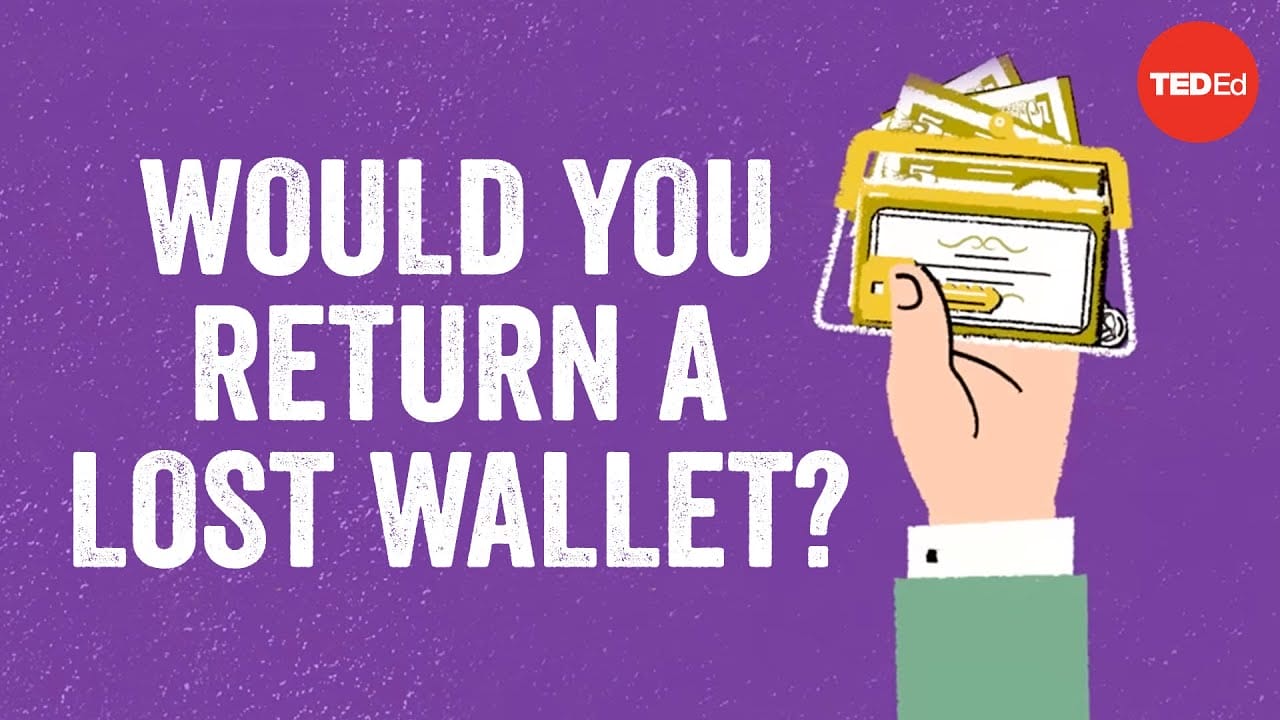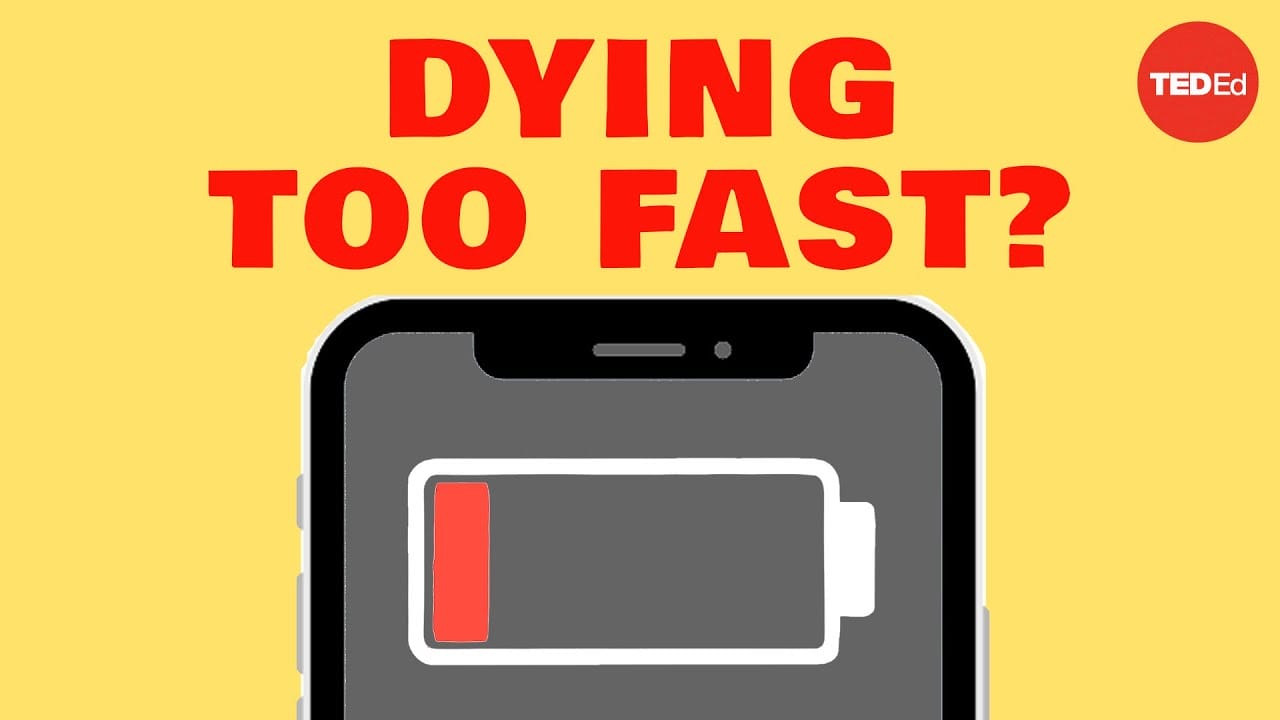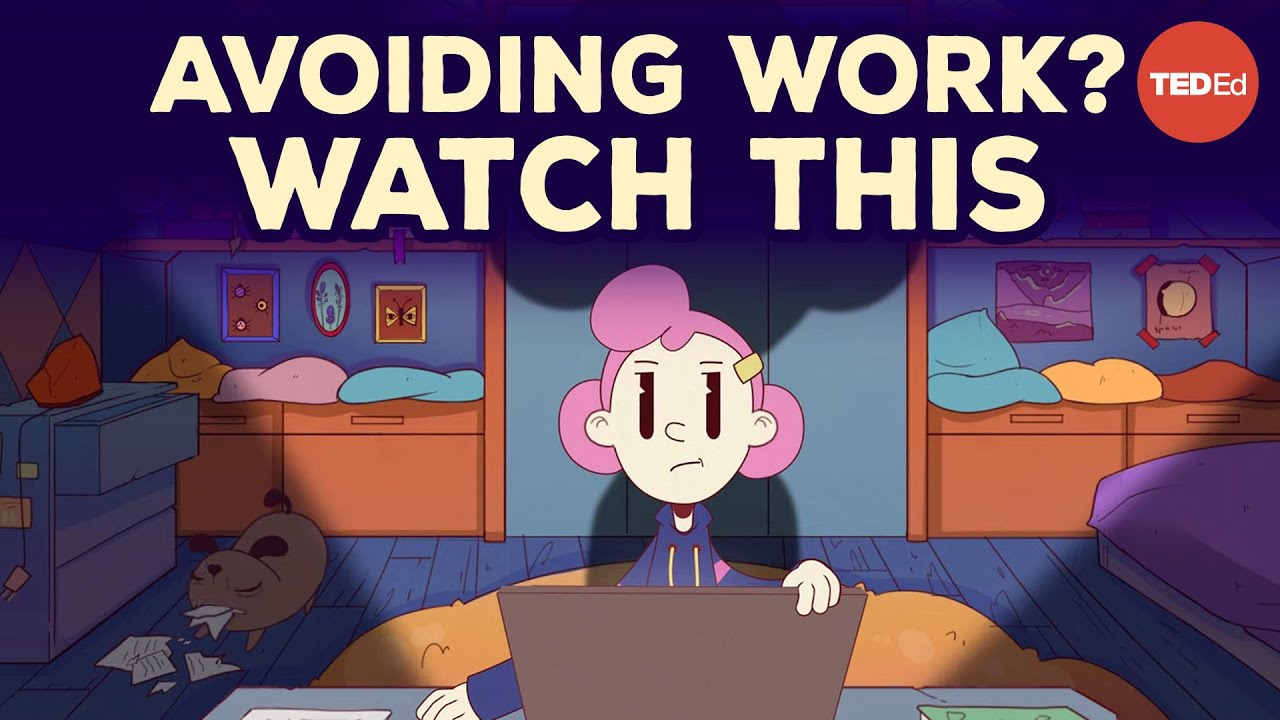Why you dont hear about the ozone layer anymore
Chat With Your XTutor About This Video Lesson
Lesson Article
The 1980s and the Ozone Layer Crisis
The 1980s were characterized by big hair, neon colors, and MTV. However, another significant event that marked this era was the alarming discovery of a hole in the ozone layer over the South Pole. Scientists warned that if this trend continued, the ozone layer would be completely destroyed by 2050, leading to catastrophic consequences such as ecosystem collapse, skyrocketing skin cancer rates, and an end to life as we knew it.
The Healing of the Ozone Layer
Despite the grim predictions, the ozone layer is currently healing. This recovery is attributed to the unprecedented global cooperation to prevent an environmental catastrophe. The ozone layer, a belt of gaseous molecules around the Earth, absorbs two types of ultraviolet radiation from the Sun, protecting all life forms. However, this powerful shield is fragile, and in 1985, scientists discovered a massive loss of ozone over Antarctica, leading to the formation of a “hole”.
The Role of Chlorofluorocarbons (CFCs)
Investigations led by scientists like Dr. Susan Solomon revealed that the primary culprit was chlorine from a man-made compound called Chlorofluorocarbons, or CFCs. While harmless on the ground, CFCs break down into chlorine when they reach the stratosphere, leading to a chain reaction that destroys ozone molecules. The long lifetime of CFCs, which can persist in the atmosphere for 50 to 150 years, exacerbated the problem.
The Montreal Protocol and Its Impact
In 1987, with ozone levels having dropped by 50 percent, the world took collective action through the Montreal Protocol. This treaty recognized the significant threat posed by worldwide emissions to the ozone layer and listed control measures to reduce ozone-depleting substances. The protocol, which was eventually signed by every country, led to a significant reduction in the consumption of ozone-depleting substances, including CFCs.
The Ongoing Challenge of Climate Change
While the ozone hole has stopped growing and is expected to have fully recovered by 2065, the challenge of climate change remains. After the CFC ban, Hydrofluorocarbons or HFCs were used as a substitute. Although HFCs do not deplete the ozone layer, they are a potent greenhouse gas that contributes to climate change. In 2016, the Montreal Protocol was amended to include HFCs, and efforts are underway to phase them out. However, climate change, our most challenging environmental problem, still requires significant solutions.
Conclusion
People worldwide now understand the personal impact of climate change and are finding practical solutions. The healing of the ozone layer shows that collective action can lead to significant environmental improvements. However, we must remain vigilant and focused on addressing climate change to ensure a sustainable future for our planet.
Discussion Questions
- What were some of the consequences that scientists warned about if the ozone layer was completely destroyed?
- How did global cooperation contribute to the healing of the ozone layer?
- What role did Chlorofluorocarbons (CFCs) play in the depletion of the ozone layer?
- What was the Montreal Protocol and what impact did it have on reducing ozone-depleting substances?
- Although the ozone hole is expected to fully recover, what ongoing environmental challenge remains?
- What were the alternative substances used after the ban on CFCs, and what role do they play in climate change?
- How was the Montreal Protocol amended in 2016 to address another environmental concern?
- What lesson can we learn from the healing of the ozone layer in terms of addressing climate change?
Lesson Vocabulary
ozone layer – a layer of ozone (O3) in the upper atmosphere, which absorbs most of the sun’s ultraviolet radiation. – The depletion of the ozone layer is a major concern for environmentalists.
crisis – a time of intense difficulty, trouble, or danger. – The country is facing an economic crisis due to high unemployment rates.
1980s – the decade from 1980 to 1989. – Fashion trends from the 1980s are making a comeback in recent years.
healing – the process of making or becoming sound or healthy again. – The doctor prescribed medication for the healing of the patient’s wounds.
chlorofluorocarbons – a class of synthetic organic compounds containing chlorine, fluorine, and carbon, used as refrigerants, aerosol propellants, and solvents. – The production and use of chlorofluorocarbons have been banned due to their harmful effects on the ozone layer.
Montreal Protocol – an international treaty designed to protect the ozone layer by phasing out the production and use of substances that deplete it, such as chlorofluorocarbons. – The Montreal Protocol has been successful in reducing the depletion of the ozone layer.
climate change – a long-term change in the Earth’s climate, especially a change due to an increase in the average atmospheric temperature. – The effects of climate change are evident in the rising sea levels and extreme weather patterns.
greenhouse gas – a gas, such as carbon dioxide or methane, that contributes to the greenhouse effect by absorbing infrared radiation. – The burning of fossil fuels releases greenhouse gases into the atmosphere, contributing to global warming.
sustainable future – a future that can be maintained or continued without depleting natural resources or causing harm to the environment. – Investing in renewable energy sources is crucial for achieving a sustainable future and mitigating the effects of climate change.
Share This Lesson:
- Categories: Science & Technology, TED Ed, Video Lessons
- Keywords: 1980s, chlorofluorocarbons, climate change, crisis, greenhouse gas, healing, Montreal Protocol, ozone layer, sustainable future








